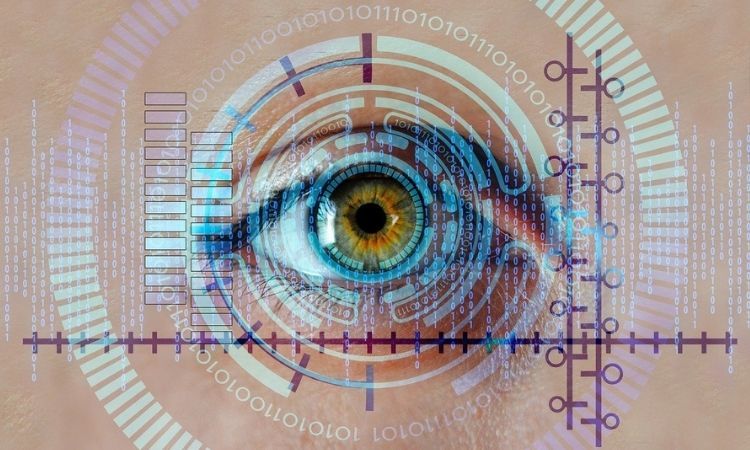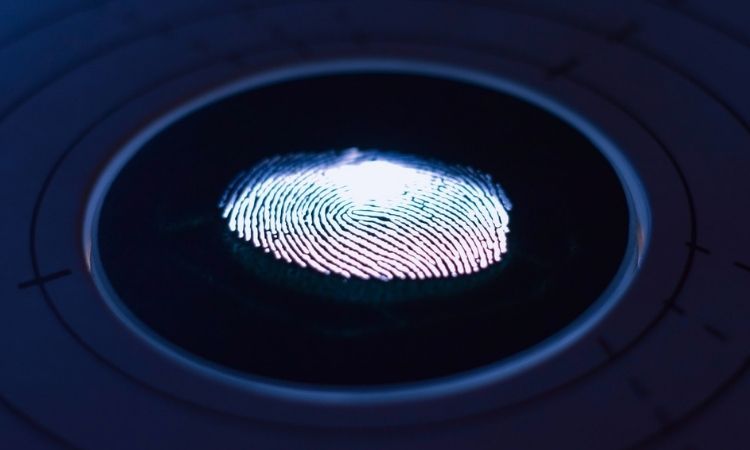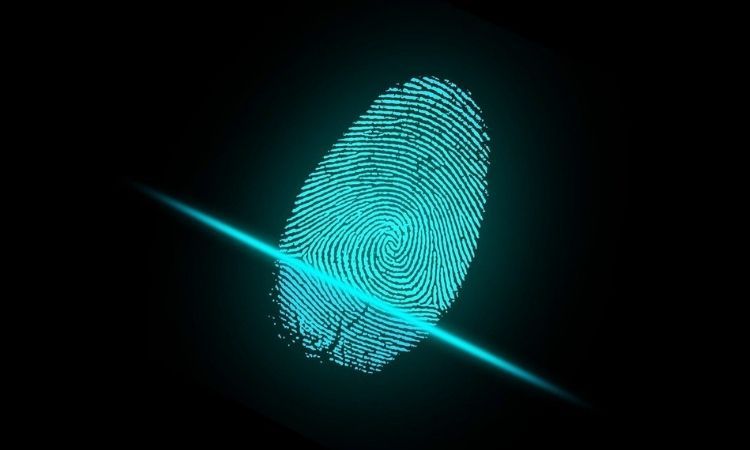Biometrics concerns examining something unique to an individual’s body to determine whether to grant them access to a building, device, or sensitive files. Some of the most common biometric systems analyze people’s fingerprints, faces, or parts of their eyes.
These measures intend to tighten security. Do they succeed, and are there associated risks? Can you really trust biometrics?
How Long Have People Used Biometrics Technology?
Fingerprint identification encompasses the most widely utilized biometric option from law enforcement agencies and government groups worldwide. The first known instance of using someone’s fingerprint to connect them with a crime happened in 1892. Now, many computers and smartphones can be unlocked by fingerprints.
Iris scanning evaluates a part of the eye. The person considered the modern pioneer of that advancement patented the associated algorithms in 1994.

Starting in the late 2000s, research gained momentum in another method involving identifying people by ear shape. It hasn’t got nearly as much attention as fingerprint identification, which is prevalent in modern society.
A primary argument for biometrics is that the technology looks at aspects unique to an individual. That makes it more advanced than measures such as passwords, particularly since people often reuse them across various sites.
Criminals have long histories of circumventing and thwarting those measures. That’s why many cybersecurity threats, such as phishing emails, get progressively more realistic and advanced, making them more likely to trick a larger segment of potential victims.
How Secure Are Biometrics?
Research suggests it’s hard to hack into a system that uses biometric security, but not impossible. Some people get excited about trying to crack the technology.
In one instance, researchers tricked facial recognition biometrics used at an airport to let a person board a plane despite being on the no-fly list. In other cases, researchers showed that an imprint of someone’s fingerprint in a substance like Play-Doh could fool a fingerprint reader.

People have split opinions about biometric security, though. Some cybersecurity experts view it as more secure than passwords. However, many clarify that the best option is to use some form of biometrics along with other methods of keeping devices and data safe.
For example, using Two-Factor Authentication (2FA) on websites could limit hackers’ access if they can break through the biometrics tech on someone’s device. Some people also use monitoring tools that alert them to possible identity theft.
Taking multiple precautions is especially smart considering the ongoing prevalence of identity theft cases. In 2020, federal officials received 4.8 million identity theft and fraud reports, representing a 45 percent jump from 2019 figures.
Biometrics Could Bring Additional Security Risks
Even as biometrics try to make people safer, they could have unintended consequences that put security at risk.
For example, many countries now have cameras that use facial recognition as a public safety measure. The law enforcement industry is one of the largest adopters of facial recognition technology. However, people understandably worry about stereotyping or the technology misidentifying them.
Data breaches happening at companies that store biometric data raise concerns, too.
In 2019, cybersecurity researchers raised the alarm about Suprema, a company with a biometrics platform called Biostar 2. They warned that unauthorized parties could access the tool’s database due to inadequate information protection measures and insufficient data encryption.
How secure are biometrics when the companies keeping the data don’t follow best practices to safeguard it?

Concerned parties also worry that extensive use of biometrics could infringe on privacy rights. That’s why organizations in the EU urge lawmakers to ban the technology in public spaces. State lawmakers also have biometrics security on their minds.
As of March 2021, only a few US states enacted laws mandating how organizations must handle such data. However, others intended to implement such regulations soon.
This is an evolving matter, but consumers should expect to see privacy policies from services and websites discussing how entities use biometric data. Reading those specifics can keep people safe by helping them weigh potential risks.
Take a Balanced Approach to Biometrics
Biometrics technology is not a perfect security solution, but it’s also not inherently full of risks. Much depends on how service providers store data and whether organizations using it do so in ethical, legal ways.
Biometrics features often bring more convenience to users, too. For example, it’s easier and faster for most people to hold a finger on a smartphone sensor to activate the device or apps instead of typing in a password or remembering a screen-unlock pattern.
If you’re considering turning on a biometric feature offered on your device, view it as a non-foolproof option that could improve your overall security. It won’t save you from every possible hack, but it could make it more challenging for hackers to wreak havoc.